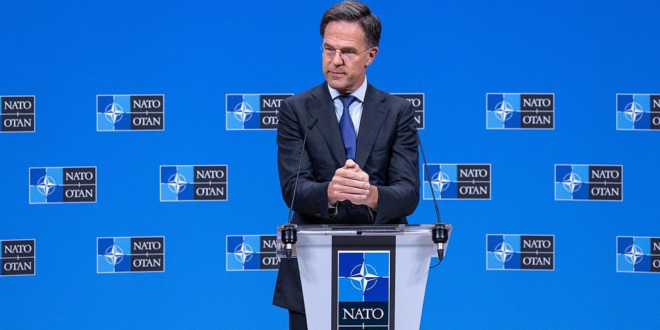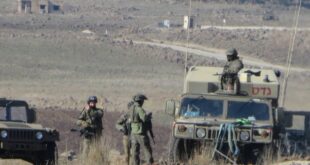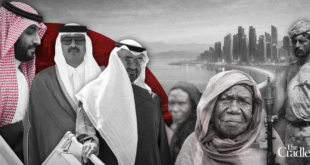NATO’s new spending plan expected to be adopted this week will expose just how creative some of the alliance’s members have been with their accounting.
That’s because some reluctant military spenders in NATO have used an expansive definition when tallying their defence spending for the current 2% of GDP target, counting money spent on things like research and development, intelligence services or cyber defence.
The new proposed NATO 5% target under discussion, however, would be split into two categories: a new, broader set of “defence-related” items that could count for up to 1.5% of GDP, as well as a commitment to spend at least 3.5% of GDP on traditional defence items such as weapons, training and troop salaries.
“The bad news for allies, if that is adopted, would be that a lot of the things countries put in the 2% would then go into this new 1.5% security category, which would make it even harder to get to 2% strictly on military spending,” James Shea, who retired as NATO’s deputy assistant security general in 2018, told Euractiv.
This could bring strict defence spending of some allies down to 1.2% or 1.3% when they need to meet 3.5%, he estimates.
Since 2014, the alliance’s defence contributions include purchases of military equipment, the construction of certain infrastructure, operations abroad, soldiers’ salaries and pensions.
“The NATO rules allow countries to designate spending as coming under the ministry of defence and therefore reallocate money from one branch of government to another,” Shea said.
Racing to 2%
New NATO targets could specifically collide with the maths employed by some of the alliance’s lowest spenders.
Spain and Italy, two of Europe’s more populous countries, are rushing to prove they will reach the 2% target by the end of this year, in part to put on a good face at this week’s NATO leaders summit in The Hague.
Spanish Prime Minister Pedro Sanchez in April unveiled a €10.5 billion plan to reach 2% of GDP on military spending by the end of 2025.
However, only 19% of the plan is dedicated to buying new defence equipment. “An important part of the investments is for civilian security,” Félix Arteaga, senior fellow at the Elcano Royal Institute, told Euractiv.
About half of the total envelope will go to telecommunications, cybersecurity, emergency and natural disaster management, which would hardly fall within strict defence expenditure according to the proposed new NATO guidelines.
Arteaga said that’s partly because the government is trying to justify its spending spree by promoting civilian safety, something that makes the higher spending more palatable and tangible for a population historically reluctant to invest heavily in the military.
But 5% for Spain seems like a distant dream. Spain Prime Minister Pedro Sánchez announced he reached a last-minute agreement with NATO to only spend 2.1% on defence, “no more and no less”.
Italian Defence Minister Guido Crosetto, meanwhile, declared last month that the 2% had been reached. But a budget plan has yet to be presented.
For Alessandro Marrone, who leads the Defence Programme at the Rome-based Istituto Affari Internazionali think tank, the parameters of Italy’s accounting remain “unclear”.
The government would have to increase its multi-annual budget to hit the target – but would also need to count expenses that are “security-related” and do not fall under the purview of the defence ministry, he told Euractiv.
This means, for instance, factoring in the coast guard and the Guardia di Finanza, a law enforcement agency that handles customs enforcement, fraud investigations and financial crimes.
“Neither are militarily trained, equipped and deployed,” Marrone added. Those are prerequisites to count forces as NATO expenditure.
Crosetto questioned the very relevance of the alliance last Friday, after already admitting it would be “difficult” for the country to meet the higher 3.5% target for hard defence spending in remarks to Italy’s Senate earlier this month.
Croatia, Portugal, Canada, Belgium, Slovenia are the other NATO countries that did not meet the 2% NATO guideline in 2024. Luxembourg, which is also part of the alliance, is currently exempt from the spending rules.
 Eurasia Press & News
Eurasia Press & News



